7 tips on which tandoor to choose for giving
It is difficult to find a person who would not like picnics in nature and the taste of aromatic meat cooked in the fresh air. In the cottages all the time barbecue and barbecue are used - These devices are so familiar to everyone that they do not need a special introduction. A good addition to the usual barbecue grill will be a tandoor - an Asian stove in which you can cook meat, fish, tortillas, pilaf and much more. The taste of meat will turn out completely different - lovers of delicious food will definitely appreciate it! It remains only to figure out which tandoor is better to choose for a summer residence, and also to understand what and how to cook in it.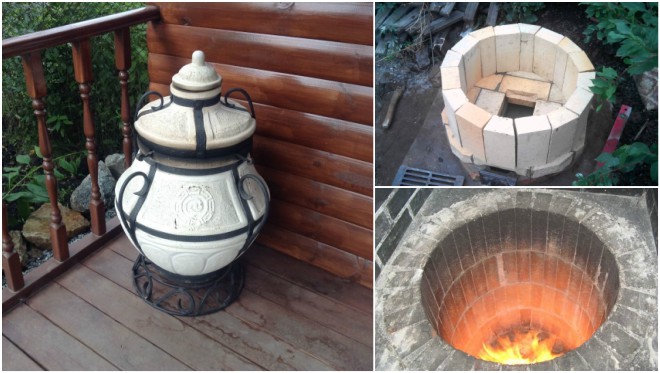
What is tandoor and what is cooked in it?
The first tandoor appeared yet 3000 BC in Mesopotamia. Gradually, such stoves spread throughout Asia and went beyond its borders, becoming used from China to the Balkans. The classic tandoor is a pitcher-shaped or spherical oven built of clay. Initially, it was buried into the ground by 30-35 cm and was about 50 cm in diameter. Gradually, the design improved, the furnaces became deeper, their neck was narrower, and the shape began to resemble a jug. Production materials also changed: if initially the stoves were made in a mass of loess soil, then later kaolin and chamotte clay began to be used, wool and sand began to be added to the solution.
Tandoor - very economical stove. Dry wood burns in the brazier, heating the air and the heat-intensive walls of the tandoor. A very small amount of wood is enough to warm the oven well and cook enough food. The stove retains heat for a long time. In conditions of arid Asia, where any vegetation is a shortage, the design of the furnace can be called a real find. The modern man, wherever he is, will appreciate the profitability of the tandoor.
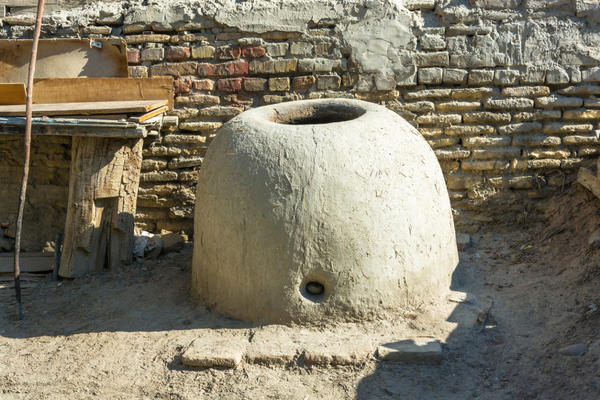
The products are not fried, as on the grill, but evenly baked, because the tandoor can not be considered as a replacement for the classic country barbecue. According to the principle of action, the analogue of the tandoor is Russian stovebut it is a much more impressive and complex structure.
What can you cook in tandoor? Almost anything:
- meat. Shish kebab will cook much faster than in any other way, but it will have a different taste than the one prepared on the grill. The taste will be no worse and no better - just different. In the tandoor you can bake a whole chicken or another bird, a whole lamb leg;
- fish
- bread products. A classic example is bread cakes and samsa, which were originally prepared in tandoor;
- pilaf, cereals and soups, roast, other dishes in a cast iron;
- vegetables and more.

The main advantages of using tandoor should include:
- cooking speed - absolutely all dishes will be ready faster than using any other devices;
- no need to constantly monitor the dishso as not to burn, flip, etc .;
- furnace design allows bake all products evenly - nothing will remain raw inside and will not burn, while there is no need to use oil;
- saving on wood. For example, if you cook kebab, then you will need 3 times less firewood than on the grill;
- unique taste cooked dishes, and the electric tandoor does not give the aroma that is classic.
We repeat that the tandoor is not an alternative to the barbecue. This is just another way of cooking the same foods.You can’t cook a good steak and kebab in a tandoor, and the kebab is different, but the taste of the prepared dishes is so bright and rich that you are unlikely to refuse to use such an oven.
Types of Tandoor
The very first tandoor was set up in the ground, later designs began to rise above the ground, and not so long ago, modern portable stoves appeared. These are the three main varieties of tandoor:
- earthen, or pit. This is a shallow pit with even walls, or a finished egg-shaped clay oven, buried underground. Traction is provided thanks to a pipe buried in the ground at an angle of 45 degrees. You can create such a furnace in one of the following ways. The first is more labor intensive. It is necessary to dig a hole about 1.25 m deep, lay out the walls and bottom fireclay brickRemembering to leave a hole for the pipe. The top of the pipe is removed above the ground and equipped with a damper. Inside the walls of the furnace are treated with clay mortar and fired. The option is simpler - put a prepared clay mold in a pre-dug hole, and fill the gaps between the bowl and the soil with soil and compact it. Pit furnaces hold heat bestpreviously they were even used to heat the home. Minus - the inability to equip them where the groundwater level is high;

- land stationary tandoor rises above ground level, mounted on a foundation foundation, can be vertical or horizontal. Fuel loading is carried out through the upper or side opening, the thrust works due to the presence of a blowing hole at the bottom of the furnace;

- portable - The most modern type of tandoor. This is a clay or fireclay jug with thick walls, a double lid and handles for easy transportation. A series of auxiliary accessories comes to him for the most convenient cooking. The walls in such products reach a thickness of 70 mm or more, but to guarantee they are reinforced with steel strips. The volume of portable tandoor varies widely. So, for private use in a small company, the most compact product is suitable, and for catering establishments - a large tandoor, in which literally for 15-20 minutes it will be possible to bake up to 8 kg of meat. It is very important to store the portable tandoor in a case, since the clay from which the furnace is made is hygroscopic material.

If you are a fan of the classics, have the time and desire to build the tandoor yourself, then the stationary structure will become a real decoration of the site and your pride. But it’s much easier to purchase a ready-made mobile tandoor, which can be installed wherever convenient, moved or transported.
 The necessary tandoor can be bought on the website of the online store Tents.Ru. The site also offers a wide selection of accessories for the tandoor, including coasters, hooks, skewers, covers and firewood.
The necessary tandoor can be bought on the website of the online store Tents.Ru. The site also offers a wide selection of accessories for the tandoor, including coasters, hooks, skewers, covers and firewood.
The tandoor became a traditional furnace for many peoples, and each locality had its own peculiarities of the construction of this design. People were guided mainly by the natural resources that were available. Nonetheless, The principle of operation of the tandoor was and remains unchanged:
- about one third of its volume is loaded into the bottom of the stove. It is better to use hardwood, as conifers have a high resinity, which will affect the ignition process and the taste of dishes;
- when the fuel burns out (about 1-1.5 hours pass), the walls will clean themselves of soot on their own;
- loading products. Skewers are placed vertically, cakes and other dough products are stuck directly onto the walls of the oven, cauldrons are placed on the neck;
- the tandoor closes with a lid and the countdown starts. In 5-7 minutes, vegetables will be ready, in 20 minutes - kebab, in 8-15 minutes - fish, in 40 minutes - chicken, and after an hour and a half - a whole leg of lamb.

Fuel type
The taste of dishes cooked in a tandoor strongly depends not only on the design of the furnace, but also on the type of fuel:
- firewood is the best fuel option for tandoor, you can get an authentic taste and aroma. Firewood is used both in stationary and portable stoves. Instead of firewood, you can also use coals, and in some models they are replaced with pressed briquettes. Connoisseurs do not recommend using coal - it gives a lot of heat. Coal - taboo for tandoor, as it impregnates with a pungent smell of the furnace wall;

- gas - an option for a tandoor installed in a food establishment. Such stoves, as a rule, have a metal case, inside of which there is a thick-walled clay pot. Between metal and clay is a layer of thermal insulation material. Many manufacturers introduce sheep’s wool into the clay to bring it closer to traditional tandoor. Using a gas stove is quite simple, it is economical, but does not allow you to saturate the dishes with the very aroma that is characteristic of a wood tandoor;

- electricity. In such tandoor heating elements are responsible for heating, which allows you to create a compact, extremely simple and safe to operate oven that does not emit soot and smoke. Such a tandoor can easily be used even in a city apartment. The style and size of the products are very different. Many models allow you to monitor the cooking process by adjusting temperature and humidity. It’s convenient, but the taste of the dishes will not be the same as on wood. Some electric tandoor allows you to use firewood as a fuel if desired. These are universal, but quite expensive devices.

Tandoor size
If the oven is stationary and self-built, then you yourself can decide what size it should be done. It all depends on the usage scenarios: for a large family, of course, you need more tandoor, it will be possible to cook several dishes at the same time. If you occasionally cook for a small company, then there will be no sense from a massive stove.
When buying a ready-made portable tandoor, the same principle applies. Evaluate your appetites in advance, and then decide which tandoor is best to choose. Portable furnaces can be divided into the following types:
- small weighing up to 50 kg;
- medium weighing up to 80 kg;
- large weighing up to 100 kg;
- very large weighing from 100 to 200 kg or more.
If furnaces weighing up to 100 kg can be put almost anywhere, then the heavier tandoor is placed only on a monolithic concrete base.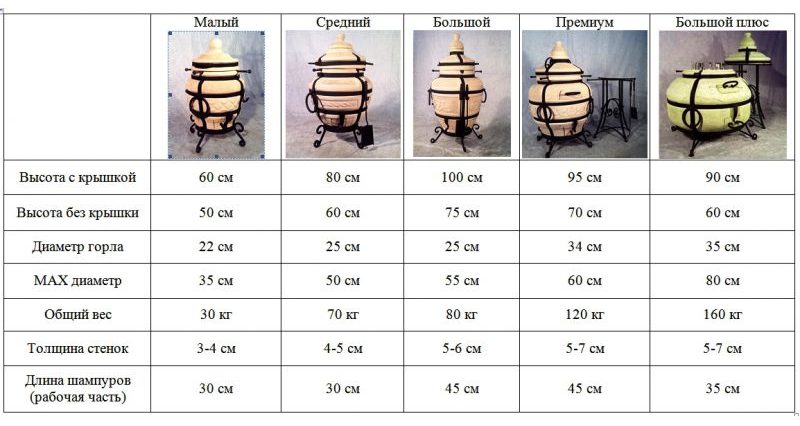
What else to consider when choosing?
At the time of buying ready-made portable tandoor, pay attention to the following points:
- the thicker the wall, the better, because if you have two tandoor of the same size in front of you, the one that weighs more will be better;
- the wider the neck, the more convenient it will be to cook in the oven, but the diameter of the neck should be proportionate to the parameters of the furnace itself;
- don't forget about accessorieswith which you will cook. For barbecue, you will need skewers with a special hook so that they can be hung from the lid, for cooking fish - special nets. In order to be able to lay several servings of products at the same time or to cook different dishes, whatnots are used;
- the metal shackle must be at least 4 mm thick, then it can withstand constant narrowing and expansion, prevent the destruction of the bowl and the appearance of cracks;
- there is a blew in any tandoor. It should close tightly and better if there is only one hole, since many small holes make the structure uncomfortable;
- from the outside, mobile tandoor rarely covers themselves with something, and this is bad. Clay easily absorbs moisture, droplets of fat are eaten into it, because if aesthetics is important, choose products decorated with glaze, but they cost more.

DIY tandoor: basic principles
To build a real tandoor in a summer cottage is not so easy, but if you have a desire and have construction skills, you can try.
Hardest to do real uzbek tandoorthat is molded from clay, and not collected from bricks. The principle of operation is as follows:
- kaolin clay, salt, sand and wool of sheep or camels with a fiber length of 1-1.5 cm are mixed in a ratio of 4: 1: 1: 2. Wool is necessary so that the clay does not crack during operation. Clay in advance is better to clear of impurities, passing through a sieve, and dried for 48 hours. Then it is mixed with the rest of the components and water is added to finally get a viscous substance that resembles sour cream in consistency. The composition is left to dry for 7 days, all this time it is mixed, and the water that will be collected from above is drained. The less moisture you end up with, the better. The mixture from which the tandoor is molded should resemble plasticine;

- tapes 2-3 cm thick, 20-25 cm wide and 2 m long are made of clay composition. The strips are dried and begin to participate in the formation of a bowl without a bottom. To make it easier to form the lower part, you can use the barrel, which is lubricated with oil and immediately removed as work is completed. Tapes are beginning to be glued to the prepared frame, so that in the end a furnace tapers upward. It is imperative to compact the clay to rid its voids. To do this, a wooden or metal trowel with smooth rounded edges is pressed against the inner surface of the bowl, and a stove is tapped from the outside with a wooden spatula with diagonal stripes. It is advisable to make the neck twice as narrow as the base. In all parts of the bowl, the clay is leveled and compacted in the same way;

- the finished product is dried in the shade for about 30 days, after which the inner walls are lubricated with sunflower oil;
- the Uzbek tandoor is placed above the ground or buried in the ground;

- if the pit method of installation is chosen, then first you need to dig a hole with a depth corresponding to the height of the tandoor, the bowl should protrude 7-10 cm above the ground. A blower is arranged at the bottom of the furnace. The soil is responsible for thermal insulation;
- if the tandoor is above the ground, equip the foundation and walls for the bowl. Foundation can be round or square - it all depends on the chosen shape of the casing around the tandoor. When arranging a square casing for heat-insulating material, there will be even more space between the bowl and the brick, because the stove itself will be better able to keep heat. Start with the foundation - the foundation pit should be 10-15 cm larger than the bottom of the bowl, depth - 15-17 cm. The bottom is first covered sand 5 cm layer, ram it, then pour crushed stone, in the layer of which they lay reinforcing mesh, then make the formwork 10-15 cm and fill it with a concrete solution of gravel, sand and cement. The foundation should rise 5-7 cm above the ground. When the foundation is ready, brickwork around the perimeter begins. Particular attention is paid to the part of the wall where there will be an opening for the blower. It is possible to mount a metal pipe with a flap in the masonry to regulate traction. A cast-iron grate is placed on the blower chamber, later the ash will easily enter the blower, from where it is easy to remove. A clay tab is placed on top of the grill. Further, brickwork is made along the perimeter of the bowl, the gap between the brick and clay walls is filled with expanded clay, sand or salt.

To make this type of tandoor is, of course, not a Russian stove to build, but it is still difficult. At the beginner, the walls will turn out uneven, the clay can crack, therefore they use simplified technology:
- you need a barrel of 200 liters. It is filled with water for a day so that the wood swells;
- meanwhile, a mixture of kaolin clay, fireclay sand and wool (sheep or camel) is prepared in a ratio of 2: 4: 1. When the mixture dries, it should become plastic;
- water is drained from the barrel, the inner walls are coated with sunflower oil, left for 24 hours;

- from the inside, the barrel is covered with a clay layer 4-5 cm thick. The composition is well leveled with wet hands to get as smooth walls as possible. At the top, the clay layer should be thicker, at the bottom leave a hole;

- the structure dries for 3-4 weeks, then the iron hoops are removed, the wooden frame is disassembled. It is better to burn clay, and then build walls of bricks around the finished container, as in the previous technology.

The second option is already easier to implement an unprepared person, but it will still be difficult. because when the task is to make a tandoor with your own hands, they usually choose the option of building a brick oven. The principle is as follows:
- foundation building. In the pit, make a sand cushion with a layer of 10 cm, mount the mesh from the reinforcement, fill the pit with concrete mortar, it is better to use the formwork. The result should be a perfectly vertical surface;
- waterproofing can be equipped with roofing material;
- three layers of fireclay bricks are placed on the foundation, each time changing the direction of the masonry to perpendicular to the previous one. The first two layers are laid tight, without solution. The third row is strengthened with a clay solution (clay, salt, sand and wool in a ratio of 4: 1: 1: 2). Foundation fixed by reinforcement segments;

- the classic version is a kiln with a diameter of 1 m and a height of 130 cm. A circle is formed from the first row of bricks, the inner surface can be processed grinder or clay solution to get a smooth inner side. Since the tandoor should taper up, each row of masonry is slightly shifted in relation to the previous one. In our case, the shift occurs by 5 cm. The outer part is finished with the same solution with which the masonry is made;
- Masonry is made around the oven, and the opening between the walls is filled with expanded clay.
Even easier - buy a ready-made clay bowl, and independently carry out only the foundation with external walls and thermal insulation.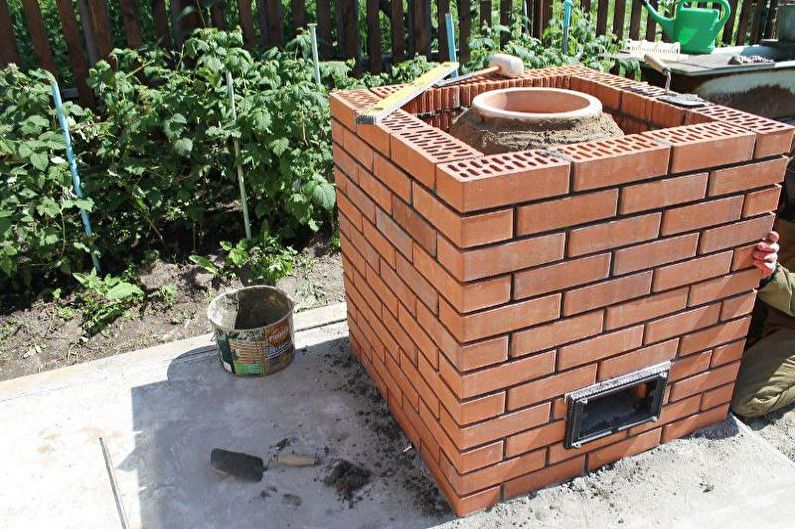
Basic rules of operation
In order for the dishes in the tandoor to be tasty, and the stove itself lasts as long as possible, you need to follow a simple sequence of actions:
- Mobile tandoor must be placed on a firm, level base;
- Before kindling, the stove must be cleaned of ash and carbon deposits;
- put firewood inside, they should occupy a maximum of 2/3 of the volume of the stove;
- ignite the fuel and wait until it burns out. The soot itself must separate from the walls. When they become clean, you can load products;
- place prepared foods, close the blower and top cover;
- get the finished dish.

It is impossible to cool the furnace forcibly - it must cool naturally. You can put sinewy tough meat in the cooling oven for the night - by the morning it will be ready, and it will become soft and literally melting in your mouth. Before the first firebox, the walls of the tandoor are greased with cottonseed oil, the stove is slightly heated during the day. It is necessary that in the future bread cakes stick well to the surface of the oven.
The portable tandoor is stored in a dry place, preferably in a case. Any kind of hardwood is suitable for kindling, but it is best to use acacia, oak, hornbeam and birch - fruit trees can give a specific aroma, and conifers emit tar. Coal must not be used categorically. Observing these simple rules, at the cottage you can prepare real masterpieces of culinary art.

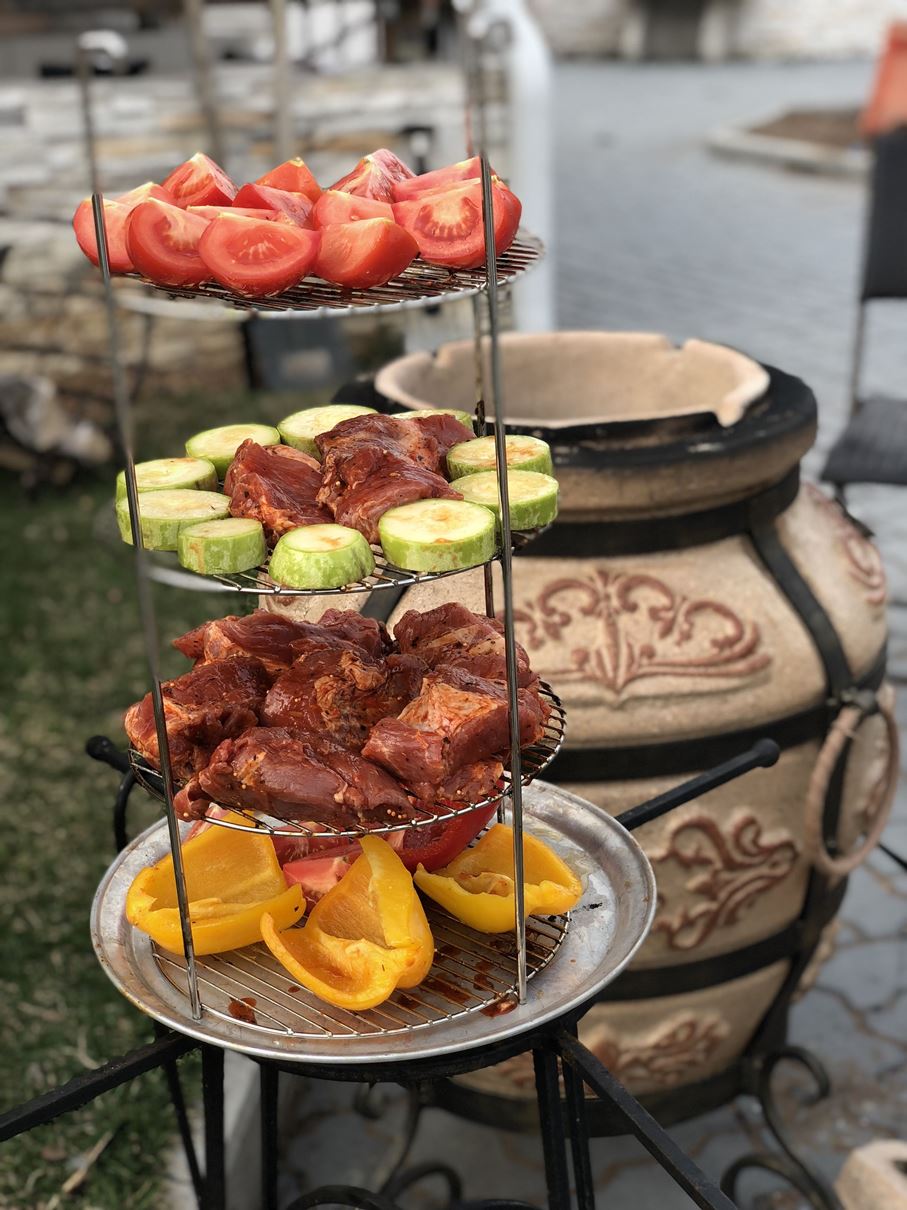

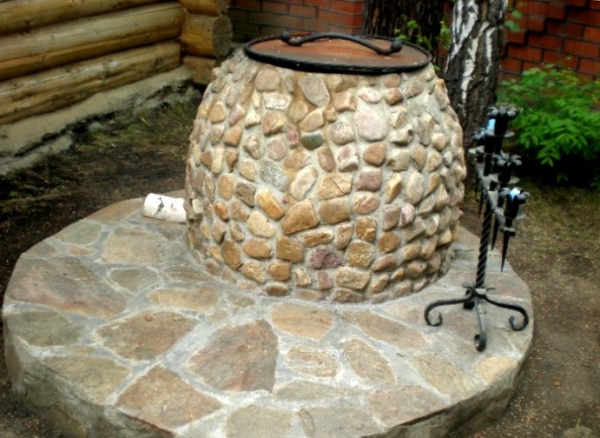
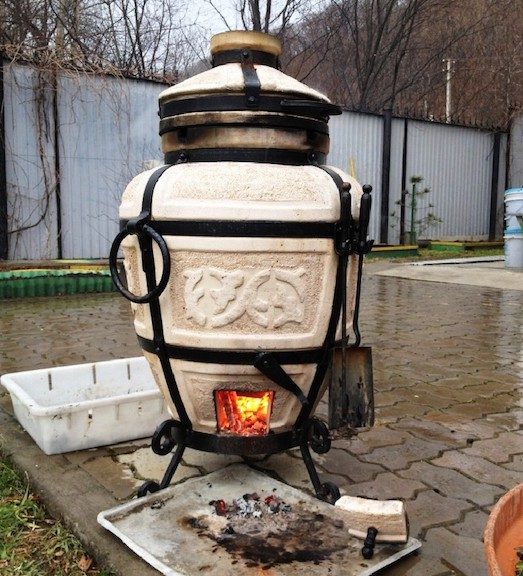
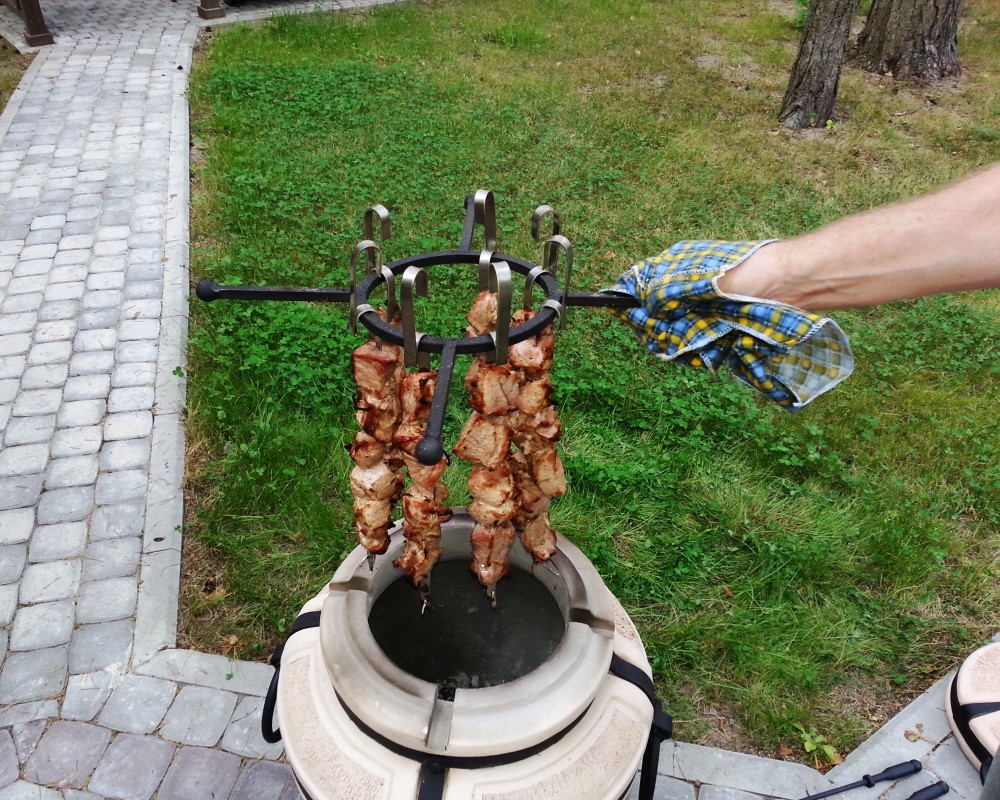

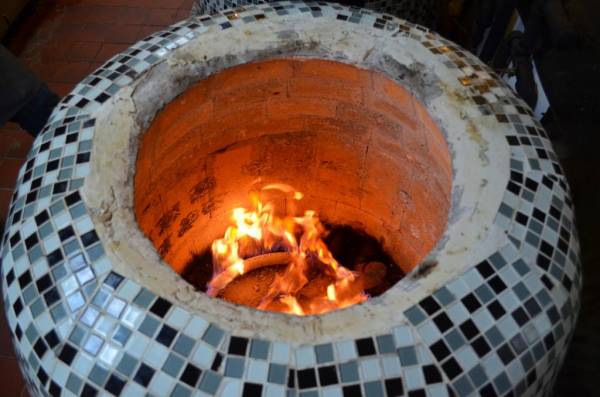


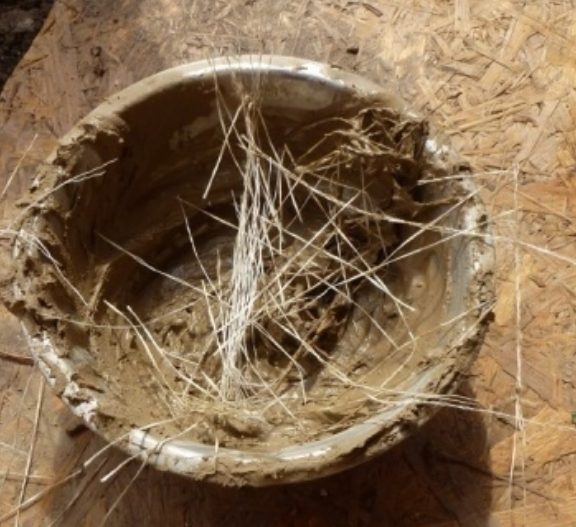
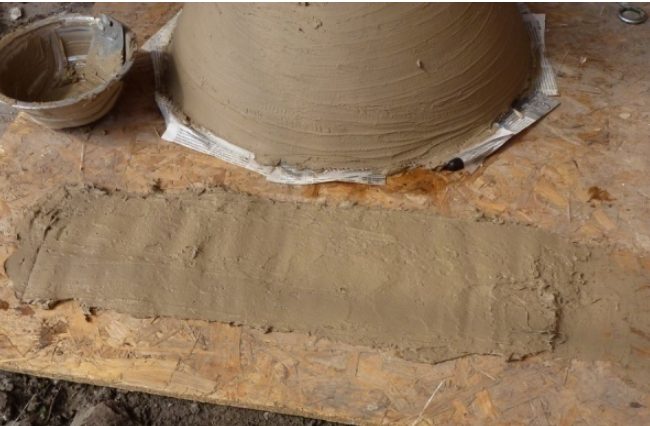
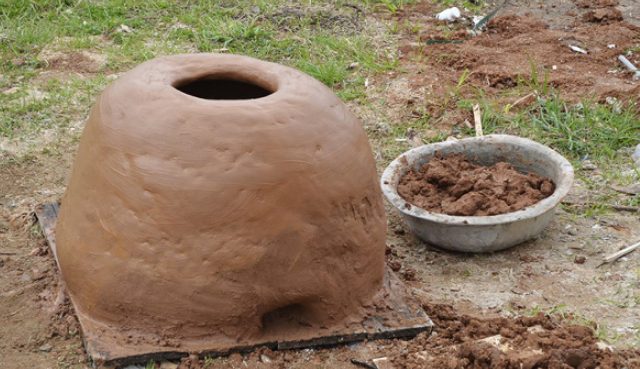
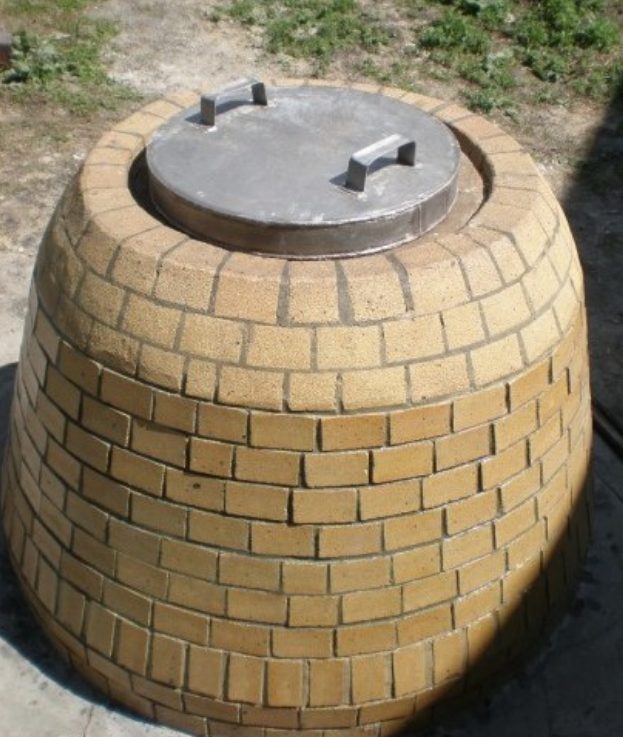
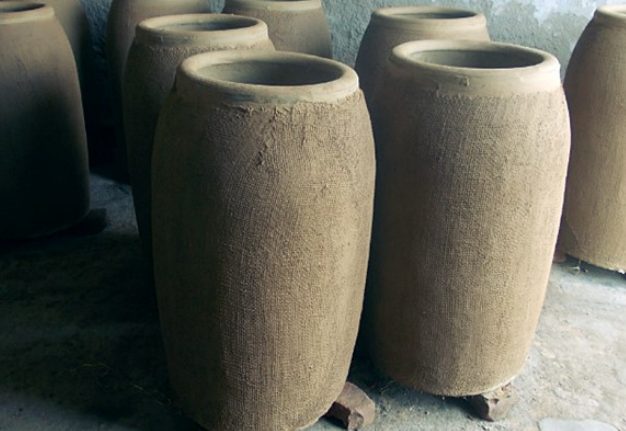
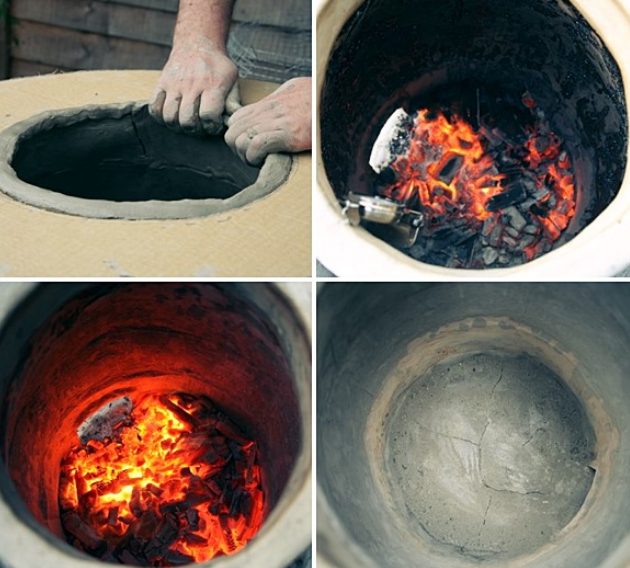
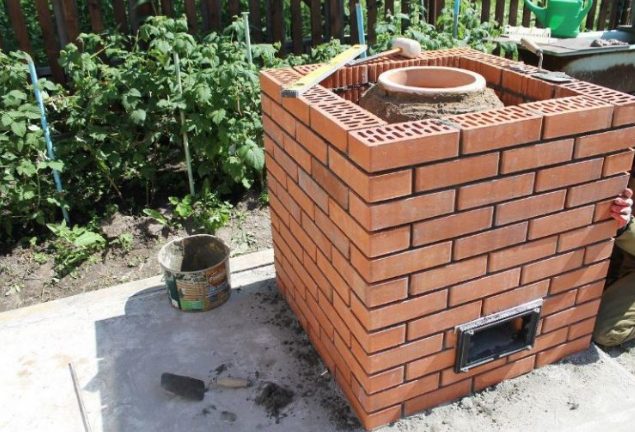

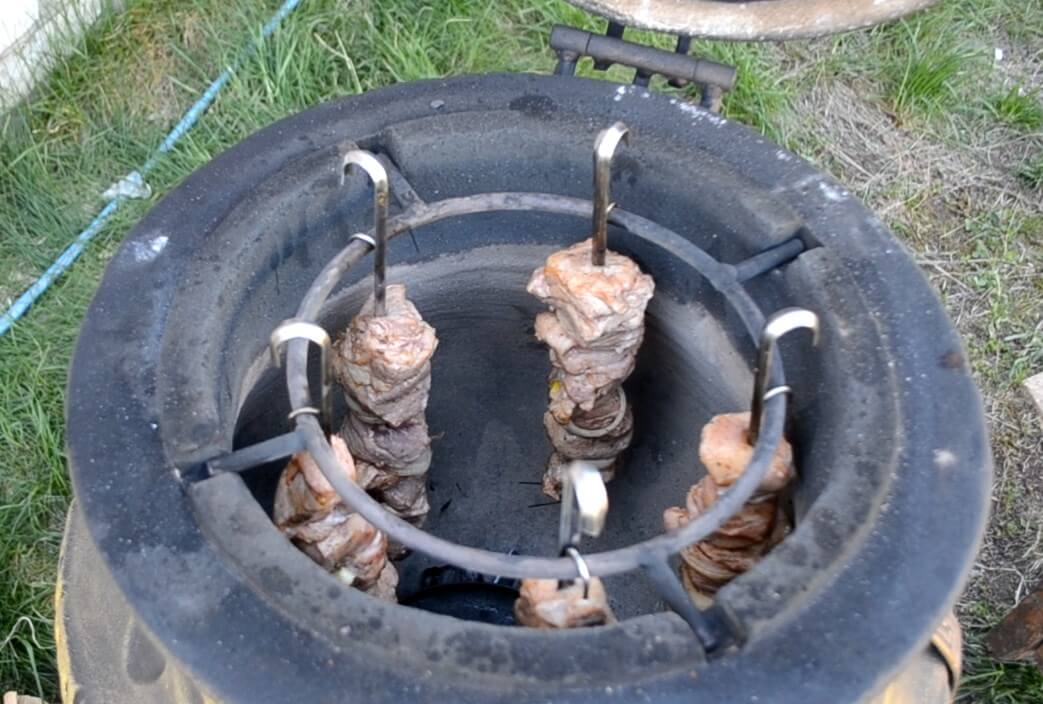
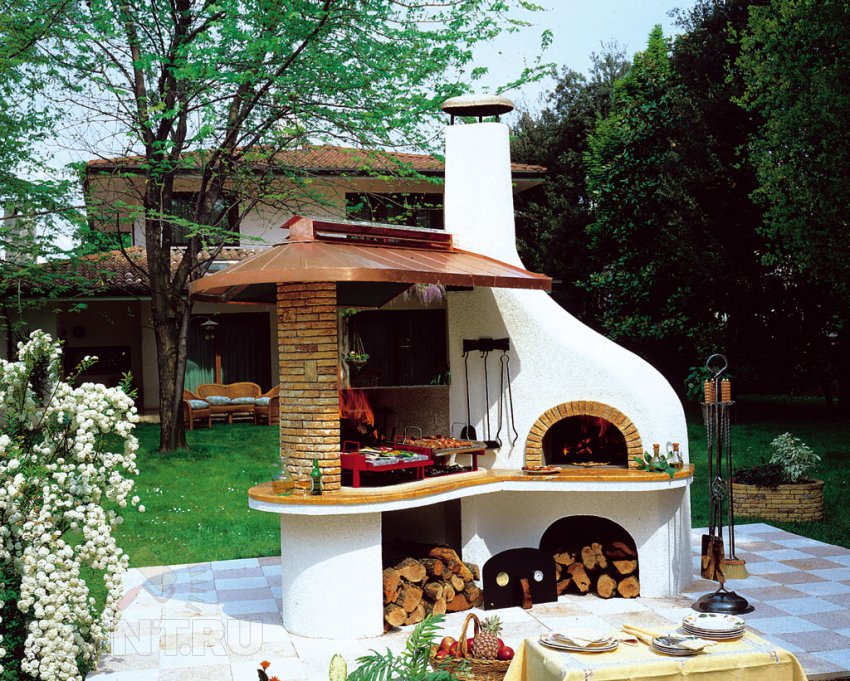
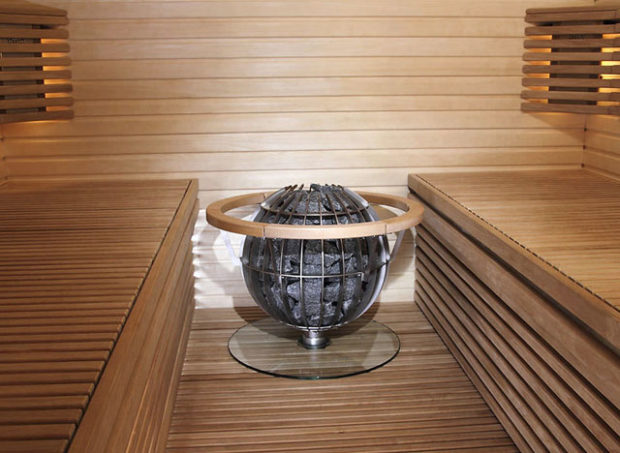
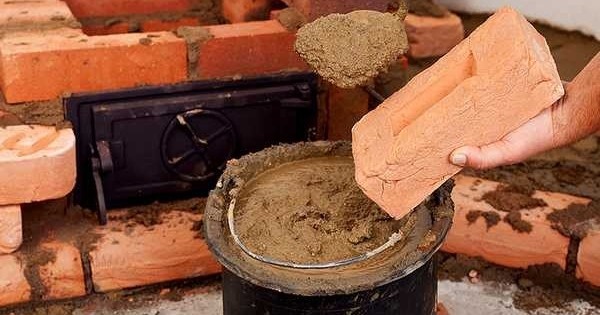

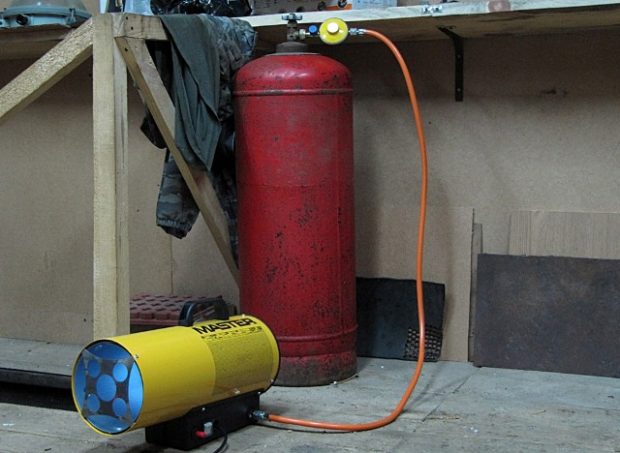
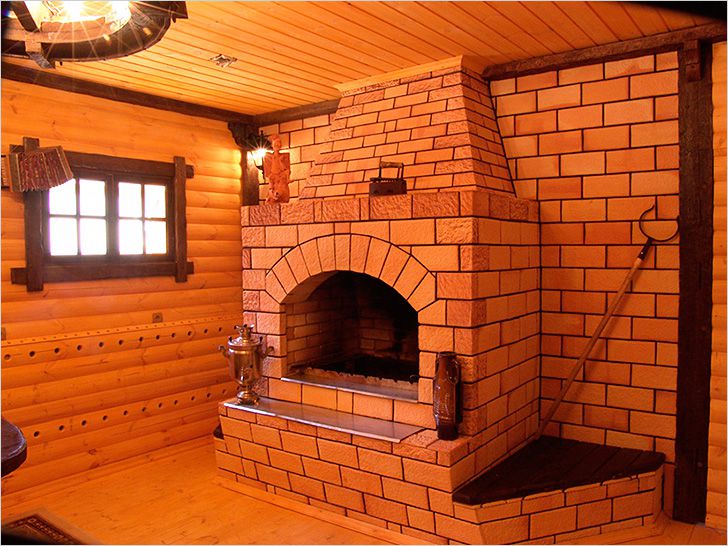
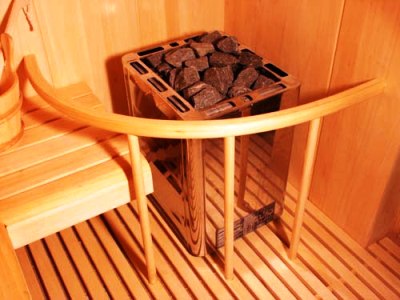
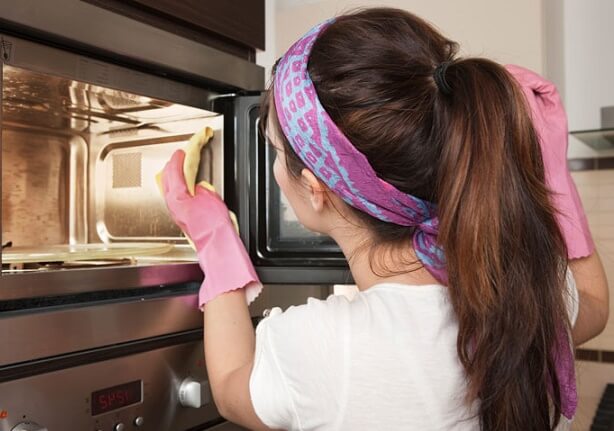
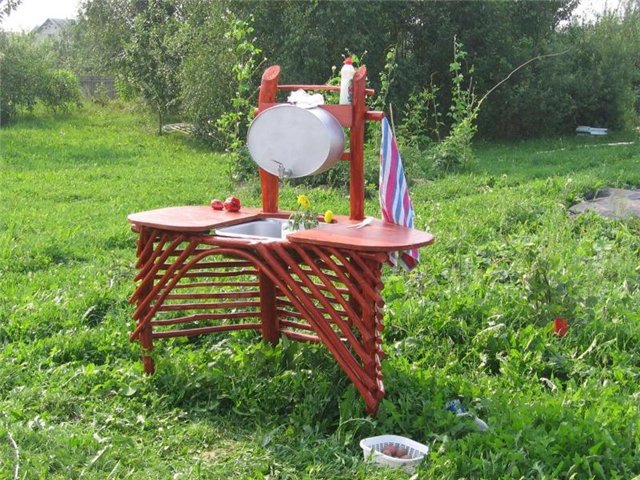
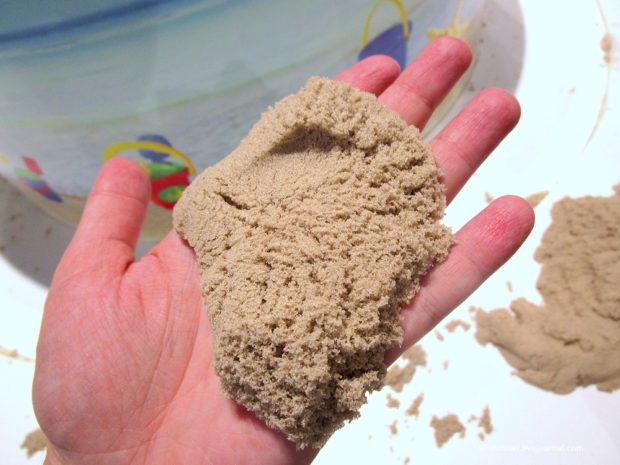
Thanks for the advice! Just now I am choosing a tandoor